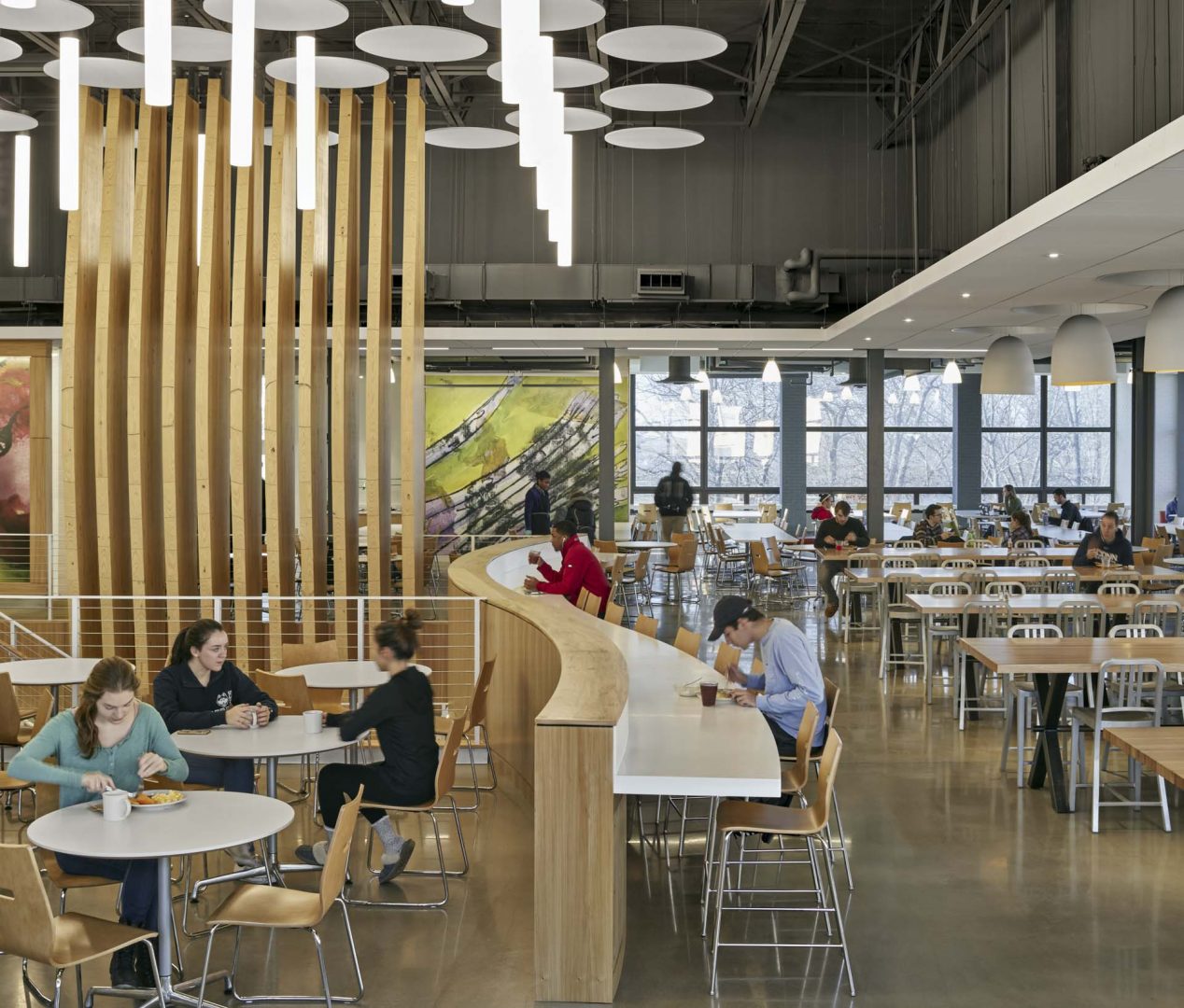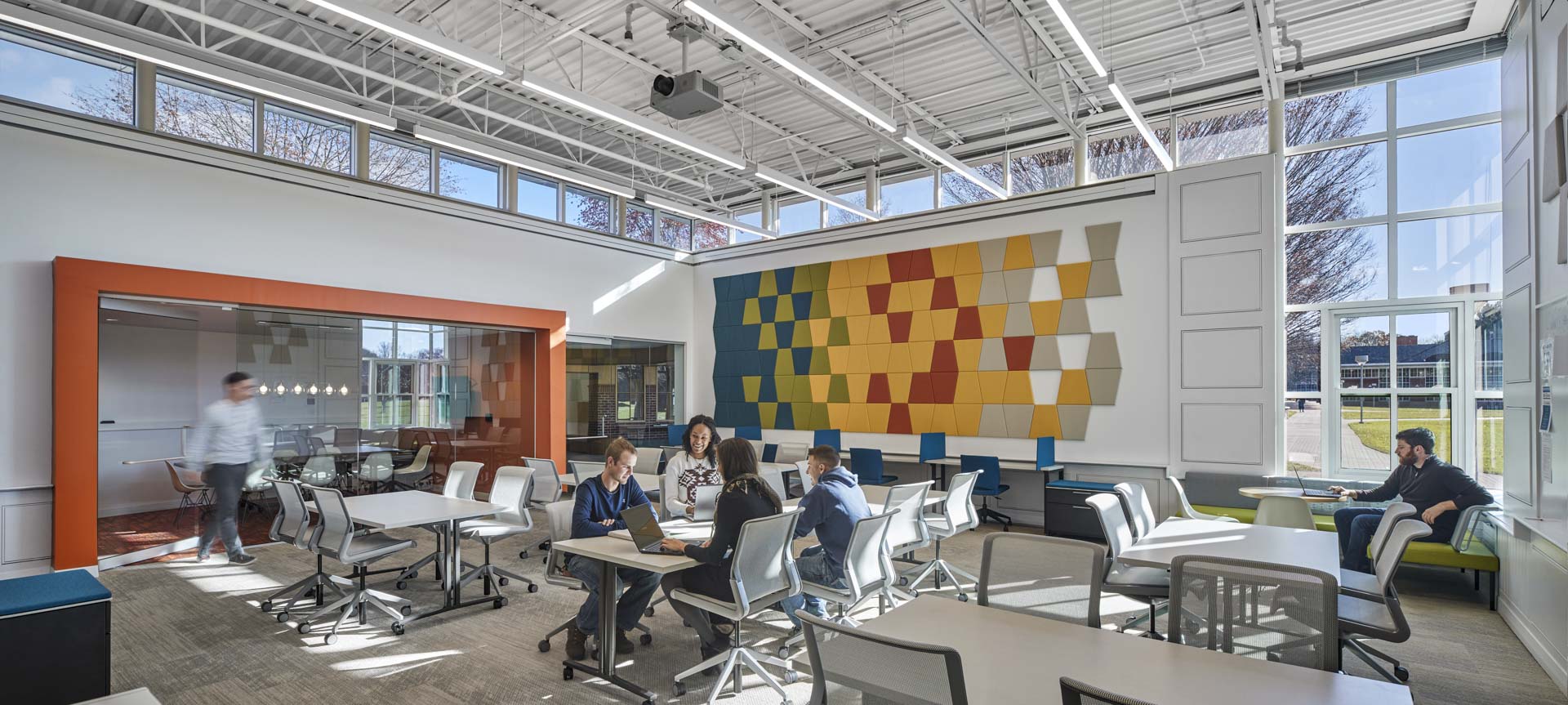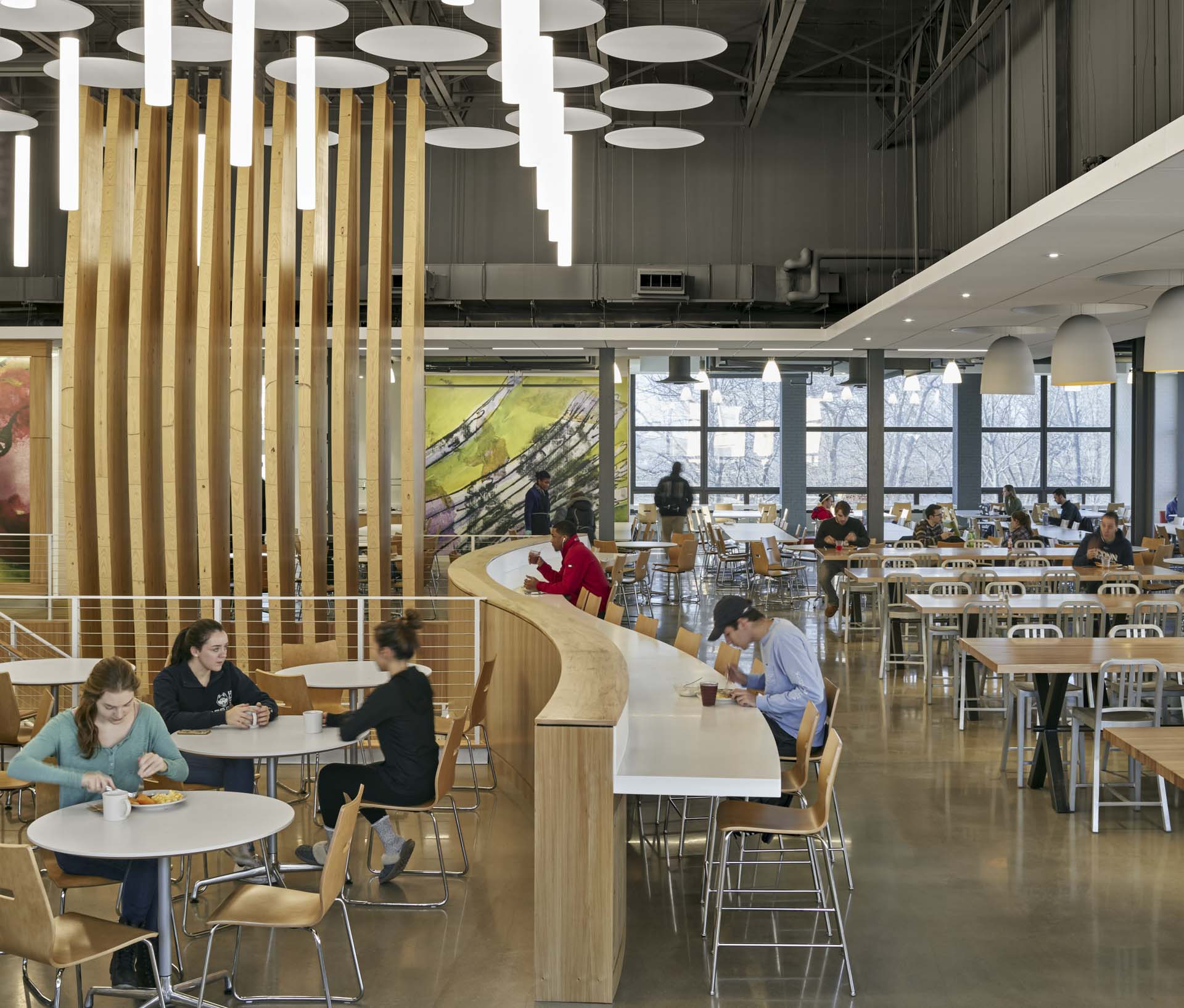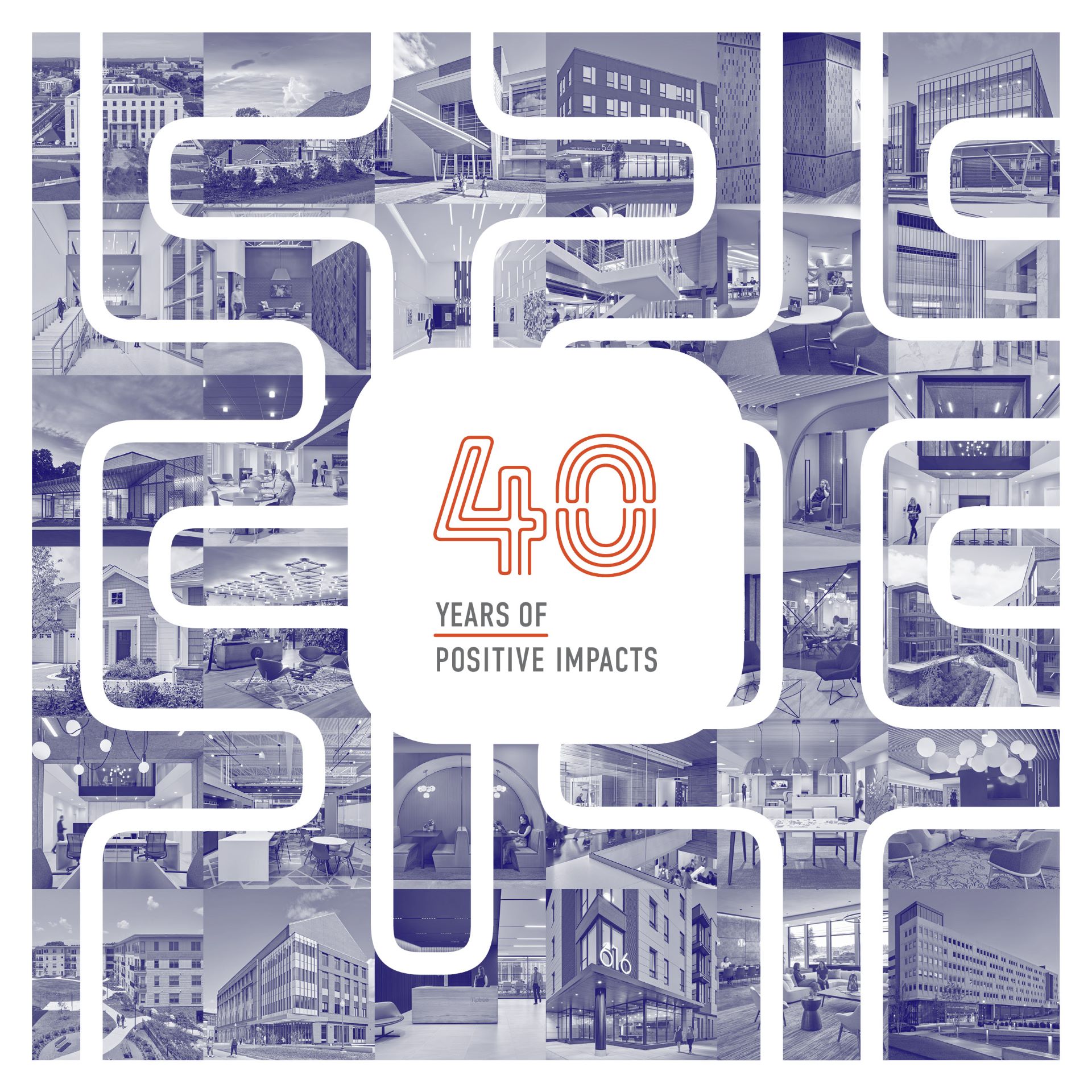It’s mid-May, a stream of packed SUVs has departed campus, the last evidence of end-of-year festivities and commencement ceremonies is cleaned up; signs of faculty are few and far between. Queue up contractors, architects, engineers, and vendors on a three-month mission: the SUMMER SLAMMER.

University of Connecticut – Putnam Refectory
It’s that intense period most College and University facilities staff wouldn’t exactly refer to as a vacation. Activities related to conferences, camps, research and limited classes are overshadowed by the range of projects impacting academic, student life, athletic, administrative, and support buildings. As Tom Haskell, senior project manager with University of Connecticut’s University Planning, Design and Construction noted: “schedule is king.” With Thanksgiving now in sight, fall is prime time to plan for summer 2020 and apply lessons learned and best practices from 2019. Hitting that critical August deadline, while also classifying a project a success, requires a ramped-up level of planning, coordination and precise implementation.
Starting a summer construction project the day after May commencement, demands “getting all your ducks in a row,” said Haskell. For Amenta Emma, mapping out a timeline as early as possible in the process for all project factors: existing conditions investigation, detailed programming, design, stakeholder presentations, approvals, documentation, bidding, permitting, submittals, lead times, demo and construction along with FF&E install, commissioning and testing allows the overall team and campus client to buy in early and commit to the big picture.

Fairfield University – Bannow Hall (photo credit: Northeast Interior Systems)
Working with Amenta Emma on the renovation of multiple instructional and research science lab spaces at Fairfield University this past summer, Curt Krushinsky, director of campus planning & design, said a key role for him is managing expectations with project stakeholders. Regular communication and attendance at weekly academic department meetings throughout the construction process is hugely important in helping faculty, fully invested in their instruction and lab spaces, understand details and coordination items. Working closely with both the design team and construction manager, Krushinsky is able to provide stakeholders accurate status reports, coordinate final equipment requirements and give a clear sense of areas impacted by construction in a still partially occupied building. While the unexpected still may arise, such as the time a faculty member raised serious concern about vibration and noise affecting her lab’s research fish (fondly referred to by the project team as the “nervous fish”) located immediately adjacent to space under renovation, the team was able to relocate the sizable tank without affecting construction progress.

Quinnipiac University – Lender School of Business
For Quinnipiac University’s Assistant Director of Capital Planning & Design, Liz Bender, a successful summer slammer starts with fully understanding a campus end-user’s vision. It requires clearly defining goals and priorities upfront and then collaborating with the design team to make them a reality. Close collaboration on design, detail and FF&E decisions between Amenta Emma and Quinnipiac has been key in effectively moving projects forward on schedule and on budget. For Bender, the benefit of collaboration also extends to working with vendors and contractors who have experience on campus and understand the process of working with the university. While launching a summer project in the previous fall (or sooner if feasible) is ideal, the reality is there is still often little time for planning, design and documentation, so it is critical the overall team can work together, problem-solve and move forward with a shared focus on a project’s highest priorities.
Large-scale campus projects that advance a campus master plan or address a new initiative always will command the attention of students, administrators, faculty, staff and alumni, but planning and implementing short-term projects are just as important. The 2020 mission will be here soon enough, so be ready!







